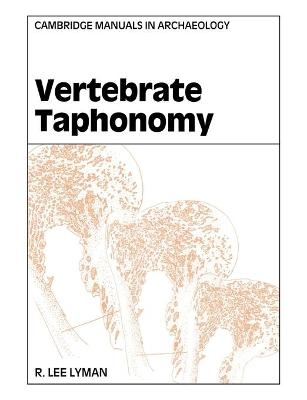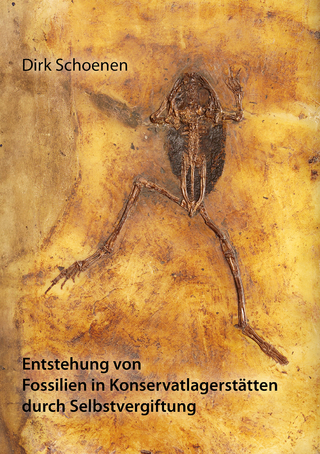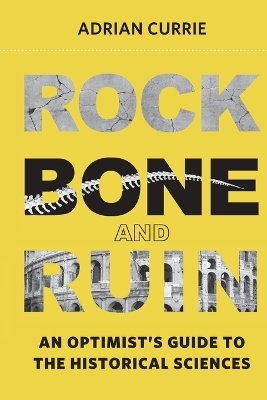
Vertebrate Taphonomy
Seiten
1994
Cambridge University Press (Verlag)
978-0-521-45840-5 (ISBN)
Cambridge University Press (Verlag)
978-0-521-45840-5 (ISBN)
Archaeologists and paleontologists have become increasingly interested in how and why vertebrate animal remains become, or do not become, fossils. Vertebrate Taphonomy introduces interested researchers to the wealth of analytical techniques developed to help understand prehistoric animal remains. It is comprehensive in scope, and will serve as an important work of reference for years to come.
Taphonomy studies the transition of organic matter from the biosphere into the geological record. It is particularly relevant to zooarchaeologists and paleobiologists, who analyse organic remains in the archaeological record in an attempt to reconstruct hominid subsistence patterns and paleoecological conditions. In this user-friendly, encyclopedic reference volume for students and professionals, R. Lee Lyman, a leading researcher in taphonomy, reviews the wide range of analytical techniques used to solve particular zooarchaeological problems, illustrating these in most cases with appropriate examples. He also covers the history of taphonomic research and its philosophical underpinnings. Logically organised and clearly written, the book is an important update on all previous publications on archaeological faunal remains.
Taphonomy studies the transition of organic matter from the biosphere into the geological record. It is particularly relevant to zooarchaeologists and paleobiologists, who analyse organic remains in the archaeological record in an attempt to reconstruct hominid subsistence patterns and paleoecological conditions. In this user-friendly, encyclopedic reference volume for students and professionals, R. Lee Lyman, a leading researcher in taphonomy, reviews the wide range of analytical techniques used to solve particular zooarchaeological problems, illustrating these in most cases with appropriate examples. He also covers the history of taphonomic research and its philosophical underpinnings. Logically organised and clearly written, the book is an important update on all previous publications on archaeological faunal remains.
Preface; 1. What is taphonomy?; 2. The history and structure of taphonomy; 3. Taphonomy in practice and theory; 4. Structure and quantification of vertebrate skeletons; 5. Vertebrate mortality, skeletonization, disarticulation, and scattering; 6. Accumulation and dispersal of vertebrate remains; 7. Frequencies of skeletal parts; 8. Butchering, bone fracturing and bone tools; 9. Other biostratinomic factors; 10. Burial as a taphonomic process; 11. Diagenesis; 12. Taphonomy of fish, birds, reptiles and amphibians; 13. Discussion and conclusions; Glossary.
| Erscheint lt. Verlag | 7.7.1994 |
|---|---|
| Reihe/Serie | Cambridge Manuals in Archaeology |
| Zusatzinfo | 26 Halftones, unspecified; 20 Line drawings, unspecified |
| Verlagsort | Cambridge |
| Sprache | englisch |
| Maße | 189 x 246 mm |
| Gewicht | 1000 g |
| Themenwelt | Geisteswissenschaften ► Archäologie |
| Naturwissenschaften ► Geowissenschaften ► Mineralogie / Paläontologie | |
| ISBN-10 | 0-521-45840-4 / 0521458404 |
| ISBN-13 | 978-0-521-45840-5 / 9780521458405 |
| Zustand | Neuware |
| Haben Sie eine Frage zum Produkt? |
Mehr entdecken
aus dem Bereich
aus dem Bereich
Buch | Softcover (2024)
Shaker (Verlag)
19,80 €
An Optimist's Guide to the Historical Sciences
Buch | Softcover (2024)
MIT Press (Verlag)
34,55 €


